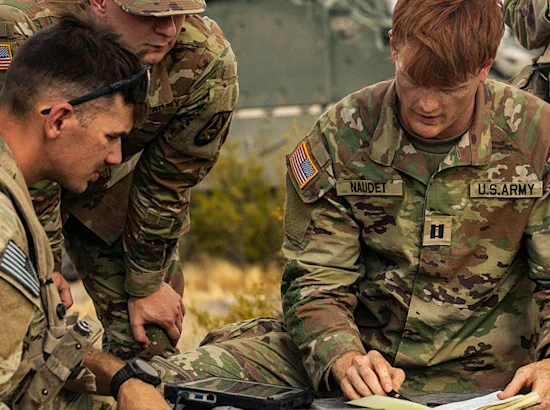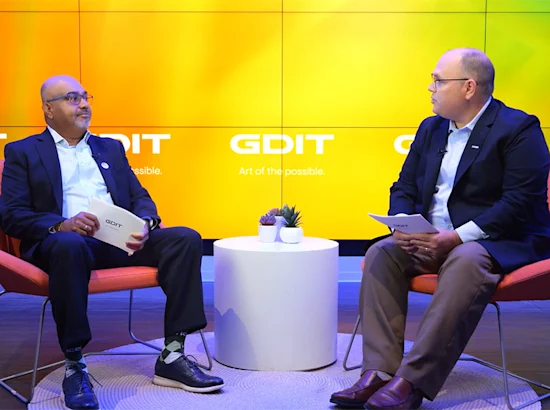Running a business efficiently requires time, effort and resources, and subsequently, processes that run smoothly to make that happen. But what if you could test the impact of a decision before it’s made, to see if it will truly improve your business processes? Now you can, with digital twin.
A digital twin is a virtual environment modeled after a real-world one where teams can simulate various scenarios, from disaster planning to cybersecurity incident response testing. It can also be applied to process management, where digital twins can help decision makers look at how their businesses run from “a to b” and identify issues, gaps or opportunities for improvement.
As a standard practice, creating digital twins and then constantly running simulations would mean processes and teams would become consistently more and more efficient, and the impacts would compound over time. GDIT is working with customers today on digital twin initiatives that involve making processes work better, so agencies can work better.
Testing process automations with AI and RPA
A digital twin allows you run as many simulations you like without risk or adding costs to testing. Not only can you see areas for improvement of your processes, but you can test out process optimizations that use AI and Robotic Process Automation (RPA) to ensure that any proposed change actually provides value.
As one vendor puts it, “using RPA bots helps to take the robot out of the human”. And that’s entirely true: humans are critical thinkers and are better served performing those types of activities, instead of clicking a virtual button over and over again. Smart automation provides the mechanism to make your process faster, more efficient and less prone to human error, while also freeing up staff time so that they can focus on higher value order tasks.
Simulations and data provide results-oriented decision-making
When you think more broadly about the impact of digital twins, let’s consider these questions: If you had a dollar to spend on automation in your agency, where would you spend it? Why? How do you know what kind of impact it would have? And if you had visibility into all the processes going on in your agency – and how they really worked, at a granular level – would you feel better about where to deploy that dollar? Of course you would.
One area within agencies where lots of process-driven work happens is talent. Whether you’re hiring, training or retaining talent, there’s a huge data management component, a lot of compliance to track, and so on.
Any HR manager will tell you that a lot of their day is spent following processes that could use additional speed, efficiency, or risk reduction – all the things digital twins bring to the table. And any IT manager will tell you that deploying technology with demonstrable, quantifiable value is one way they add value to the organization.
So, when you, the decision maker, are presented with an opportunity to deploy dollars in precisely that way, where will you do it? How will you make your decision?
One would argue that without the certainty of a process simulation, you’re not “deciding” at all. You’re assuming. And you’re assuming an impact with no assurances of results.
The term “data driven decisions” is popular to the point of becoming a cliché; but what if the decision itself was made by digital simulations that showed exactly what the impact of certain decisions would be. Wouldn’t that be better than just using data? It could harness both data and simulation which would provide digitally determined, results-oriented decision making. This is how you make decisions that are actually about deciding between two (or three or four or ten) things, versus making a decision and hoping for the best.
Digital twins optimize knowledge management and procurement
Using digital twins for process management and optimization is especially important right now in the federal space, as attrition remains a real problem. People are choosing to leave their agency posts for other geographic locations or for private sector jobs or choosing to retire altogether. In large part, these are people who know how government works. Digital twins can help capture that knowledge and close gaps with new hires.
Digital twins can also help when it comes to procurement. The Amazon shopping experience that we all know and love is an easy, seamless process – from browsing to checking out. That didn’t happen by accident. Imagine if the federal government’s procurement of services happened in a much more similar way, with standard approvals that are automated and expedited, saving time and money and delivering on missions faster.






